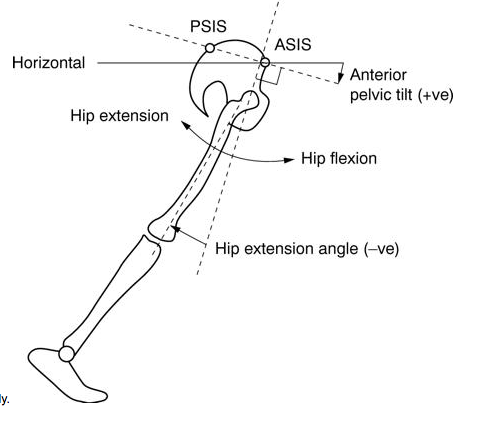As an avid trail runner and physical therapist, I am constantly evaluating my running mechanics, and any possible asymmetries that could be contributing to my aches/pains that surface during training. For the past 4 years, I had been able to feel my running gait change in symmetry, but I hadn't quite been able figure out what I'm doing. In the meantime, I had developed significant right achilles and right sided low back pain, which I believe is related to my faulty running mechanics. I had been able to manage this pain so that I could continue running, but the overall trend had been gradual increased pain, which was making me nervous.
I had been working on functional hip and core stabilization, which had improved my low back pain to a degree. I had also been doing eccentric heel raises diligently for my achilles tendinopathy with some improvements, but I could tell I was missing something.
I have been fortunate enough to be working with Dr. Ryan Mizner, PT, PhD in the UM Movement Science Lab on implementing the use of a 3D camera system as a tool for in-depth biomechanical movement analysis of athletes. In the process, I was able to collect data on my own running mechanics and analyze the results to see if I could gain some new insight and decrease my pain.
My results revealed some abnormalities that I had already suspected (which I will not go into at this time), but one finding in particular has really helped me make a few slight alterations that I believe have improved my low back pain and achilles symptoms.



























